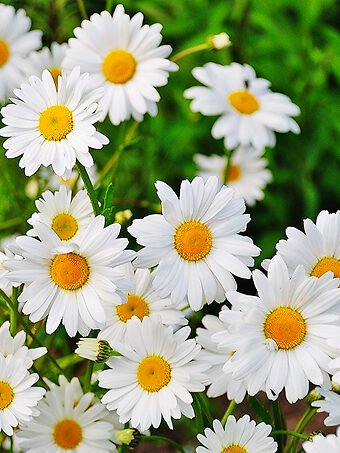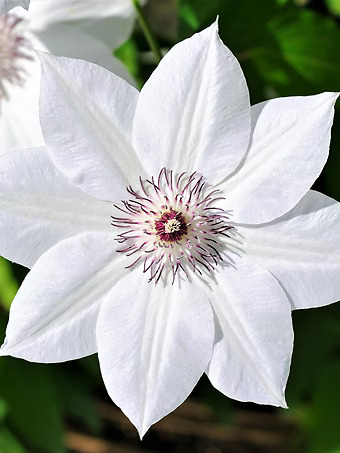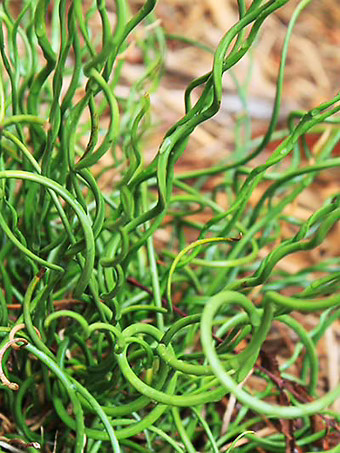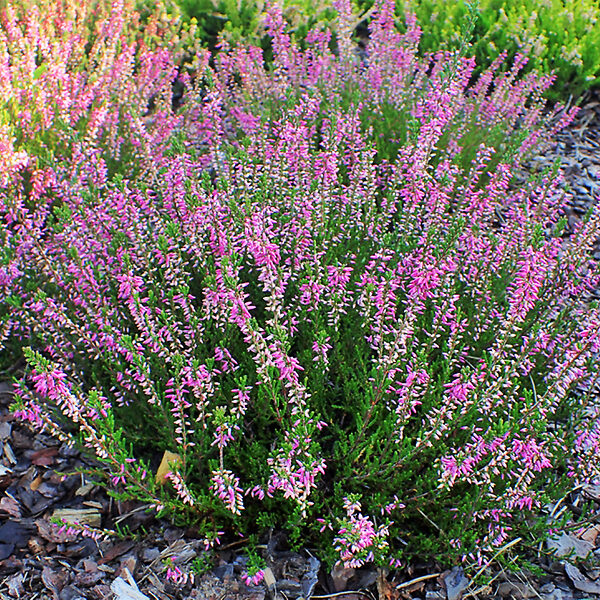
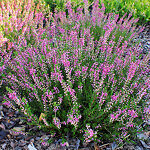
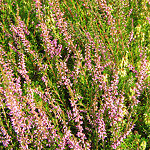
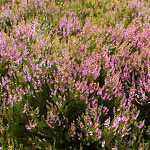
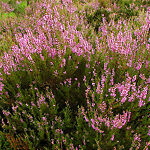

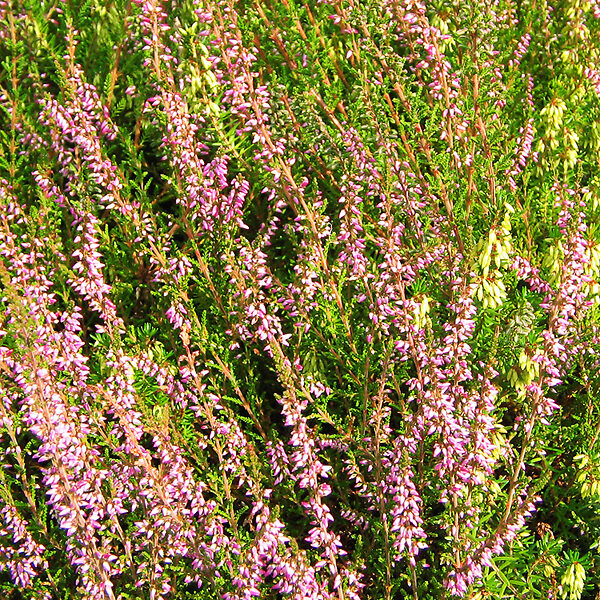
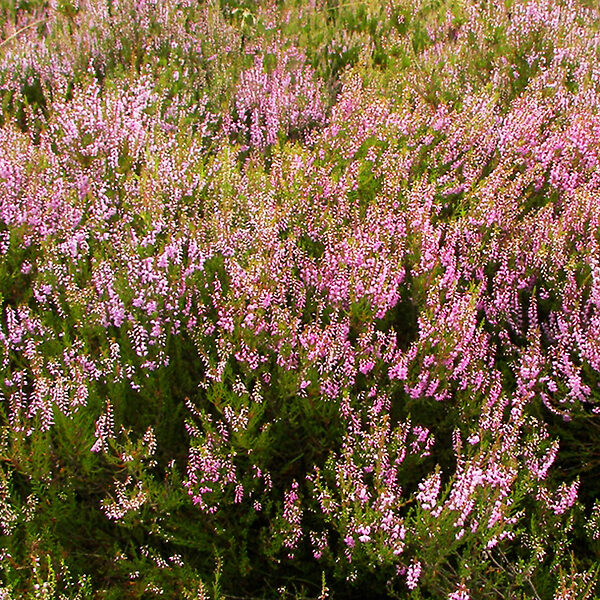
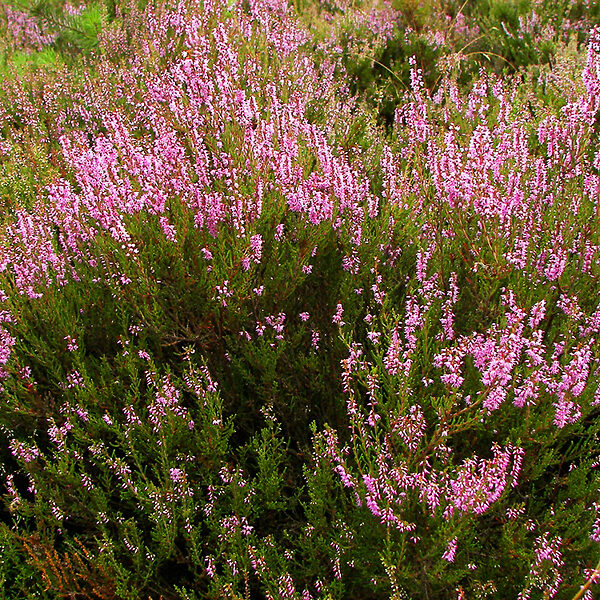
Common Heather
Calluna vulgarisView more from Other Perennials
Common Heather
Calluna vulgaris
this item doesn’t ship to
Heather is a beautiful small evergreen shrub, forming a broad mat of fine branches, between 2 and 3 feet tall and wide. The fine, needle-like leaves cling to the wiry stems, and from July into September all the upper parts of the stems are covered in thousands of small, bell-shaped flowers that are a beautiful smokey purple. They create a purple haze across the beds, just as they do in their native countries, such as Scotland, where this plant is iconic, growing on moors and heaths. Use it as a ground-cover on poor soils, and for the sunny areas in a garden of acid-loving plants.
- The classic plant beloved by Scottish people
- Glows with purple blooms from July to September
- Excellent ground-cover for gardens of acid-loving plants
- Grows well in poor soils, like acid sands
- Highly resistant to deer
Full sun or partial shade are ideal for growing Heather, which thrives in acid, sandy or well-drained soils, including soils very low in nutrients. It grows best in cooler zones, and enjoys a steady supply of water. It is generally pest and disease free and almost guaranteed not to be eaten by deer. It is also generally not bothered much by rabbits. A simple trim in late fall or early winter, cutting back to just below the dead flowers, is all the attention it needs.

Botanical Name:
Calluna vulgaris
Mature Width:
2-3 ft
Mature Height:
2-3 ft
Grows Well In:
Zones 4-6
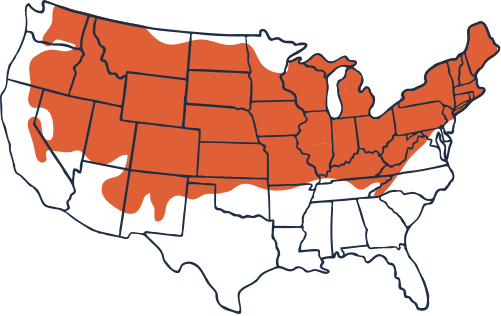
Sun Needs:
Full Sun
Water Needs:
Moderate
Growth Rate:
Medium
Flower Color:
Pink, Purple
Flowering Season:
Fall, Summer





